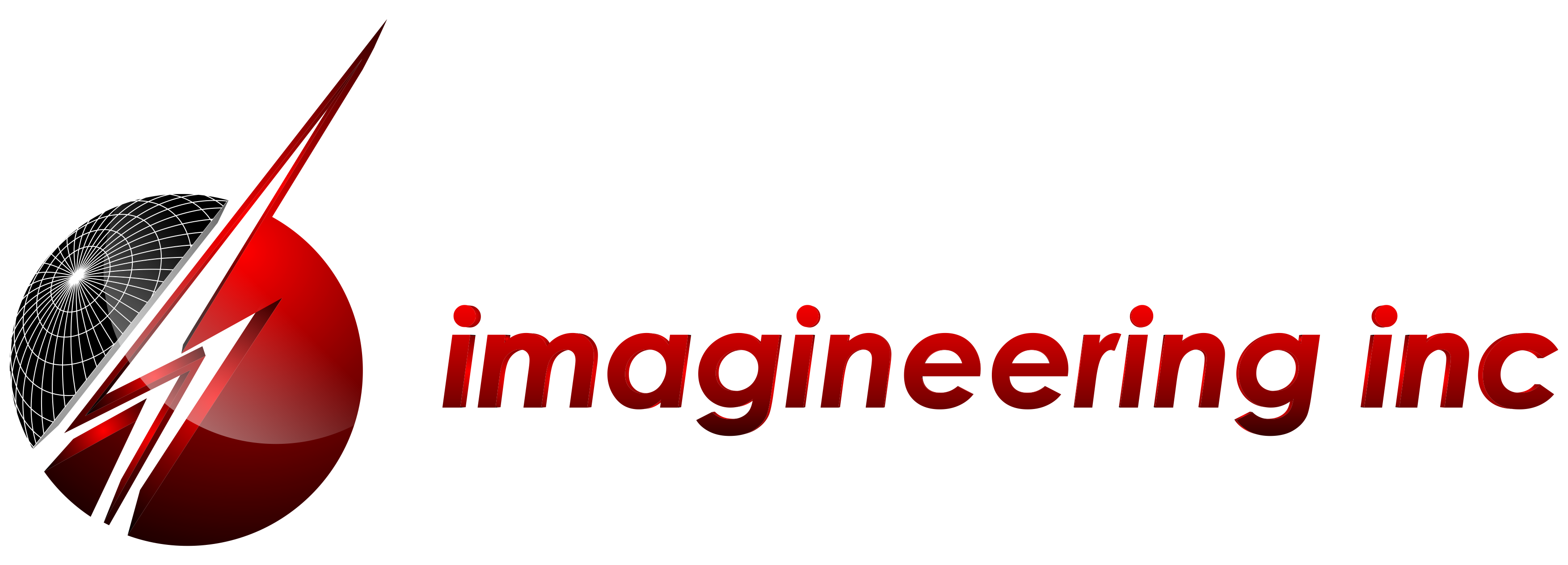Waiting for PCB assembly can be nerve-wracking.
You spent the time and resources to conceptualize and develop a new product and optimize your PCB design. Now, all that’s left to do is wait for your PCB assembler to return the boards so you can move to the next manufacturing phase.
Here is where the production efficiency—or lack thereof—of your PCB assembler will really shine.
Inefficient assembly can result in slow turnaround times, defective boards, and an overall slower time to market.
So, how can you avoid this?
Knowledge is power. Recognizing signs of efficient PCB assembly is your best bet.
Where PCB Assembly Fits into the Bigger Picture
The journey of electronic product development begins with an idea.
After conceptualizing and optimizing a PCB design, a prototype is developed. Ideally, you’ll use the same PCB assembler for prototyping and your production run. This will give you a solid grasp of production efficiency before you dive head-first into a production partnership.
Once the prototype is finalized, it’s time for PCB assembly.
PCB assembly involves several steps, including:
- Turning raw materials into a copper-etched PCB with holes for components
- Applying solder paste to the board
- Placing and soldering components
- Inspection, quality control, and testing
This process transforms a bare PCB into a functional electronic device.
3 Signs of Inefficient PCB Assembly
Determining whether a PCB assembler is efficient, cost-effective, and knowledgeable is always difficult. Especially before you’ve worked with them.
Here are 3 signs of inefficient PCB assembly for you to look out for:
1. Cold Soldering
In manufacturing, cold soldering is a common defect that occurs when a connection joint is not properly linked. This can happen when molten solder has a faulty consistency (e.g., coarse or lumpy).
Cold soldering leads to ineffective joints that don’t perform well over long periods of time.
The best way to detect a cold solder is with a multimeter. Since cold solder joints don’t conduct electricity as efficiently, you should expect to encounter resistance (ohms) to an electrical circuit, which is a clear sign of an improperly soldered joint.
2. Manual Component Placement (Lack of Technology)
Before you begin a production run with a PCB assembler, take a tour of their facilities and take special note of how they perform the most delicate aspects of PCB assembly, such as component placement.
While manual placement can save costs for the manufacturer in the short term, it carries a huge risk of inefficiency.
Manual component placement is slower, less accurate, and is likely to fatigue workers—leading to even greater error risk over time.
Look for an assembler with the most modern technology, including automated processes for component placement.
3. Lack of Design for Manufacturability (DFM) Support
DFM is a design technique that aims to design products in a way that emphasizes easy manufacturing.
Key principles of DFM include simplifying the design by minimizing the number of parts, standardizing components and materials, and ensuring that the design is suitable for the manufacturer’s technologies.
DFM is a collaborative process, so your assembler should bring it up before any work is done on assembly or manufacturing.
A manufacturer that prioritizes DFM will help you optimize your design for large production runs in advance, ensuring the most efficient possible PCB turnarounds.
3 PCB Production Efficiency Methods to Look For
It’s important to know what inefficient PCB assembly looks like, but what are some methods that PCB assemblers use to ensure production efficiency?
1. Full Turnkey Services
Turnkey PCB manufacturing is when the PCB assembler handles the entire production process from design through assembly and testing.
Turnkey services contribute to efficiency through:
- Streamlined Communication: Only having to interact with a single entity during the entire manufacturing process minimizes the risk of miscommunication
- Reduced Lead Times: A turnkey provider can optimize the entire production schedule since they control the entire process. This allows them to eliminate inefficient downtime between production stages
- Expertise and Equipment: A PCB assembler offering turnkey services typically has extensive experience and access to advanced manufacturing equipment, which contribute to a more efficient production process
2. Strategic Component Sourcing
Knowing where your PCB assembler sources their components is a good way to gauge their efficiency.
Production efficiency for PCB assemblers means having relationships with many component distributors from different locales. This allows them flexibility in a fluctuating marketplace.
In a world of uncertain supply chain efficiency, this kind of agility in component sourcing is critical to an efficient production run.
3. Automated Optical Inspections (AOI)
AOI systems utilize high-resolution cameras or laser scanners to perform a non-contact visual inspection of PCBs during various manufacturing stages.
These systems are designed to detect a wide array of defects, such as soldering flaws, component placement errors, and missing components, among others.
Assemblers utilize AOI can ensure:
- Rapid, consistent inspections
- A broad range of defect detection
- Enhanced quality controls
Optimizing the assembly process via AOI can reduce errors, delays, and costly recalls.
Source a Reliable PCB Assembler—Imagineering Has You Covered
You may need to contact and get to know several PCB assemblers before you pick one that can guarantee production efficiency.
Finding the perfect match will take some time, but by paying attention to surefire signs of efficiency, you can narrow your search and make sure you get it right the first time.
If you’re looking for a PCB assembler that checks all the boxes, Imagineering is here to help you bring your product vision to life.
Imagineering offers full turnkey services and pure assembly services that include DFM support and proven efficiency methods like AOI.If you’re tired of searching for a PCB manufacturer that can guarantee efficiency and has the flexibility to build your unique product idea, contact Imagineering today.

